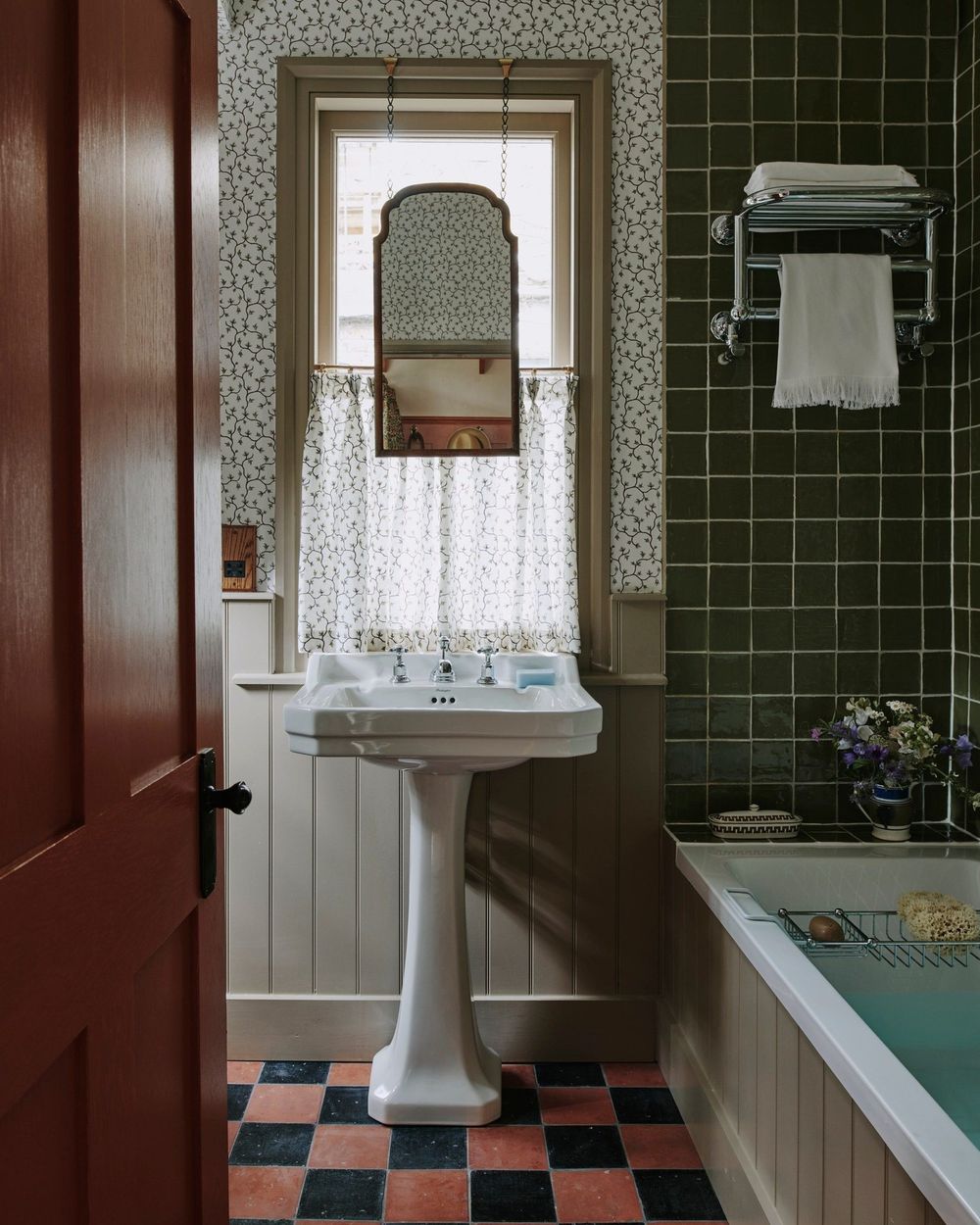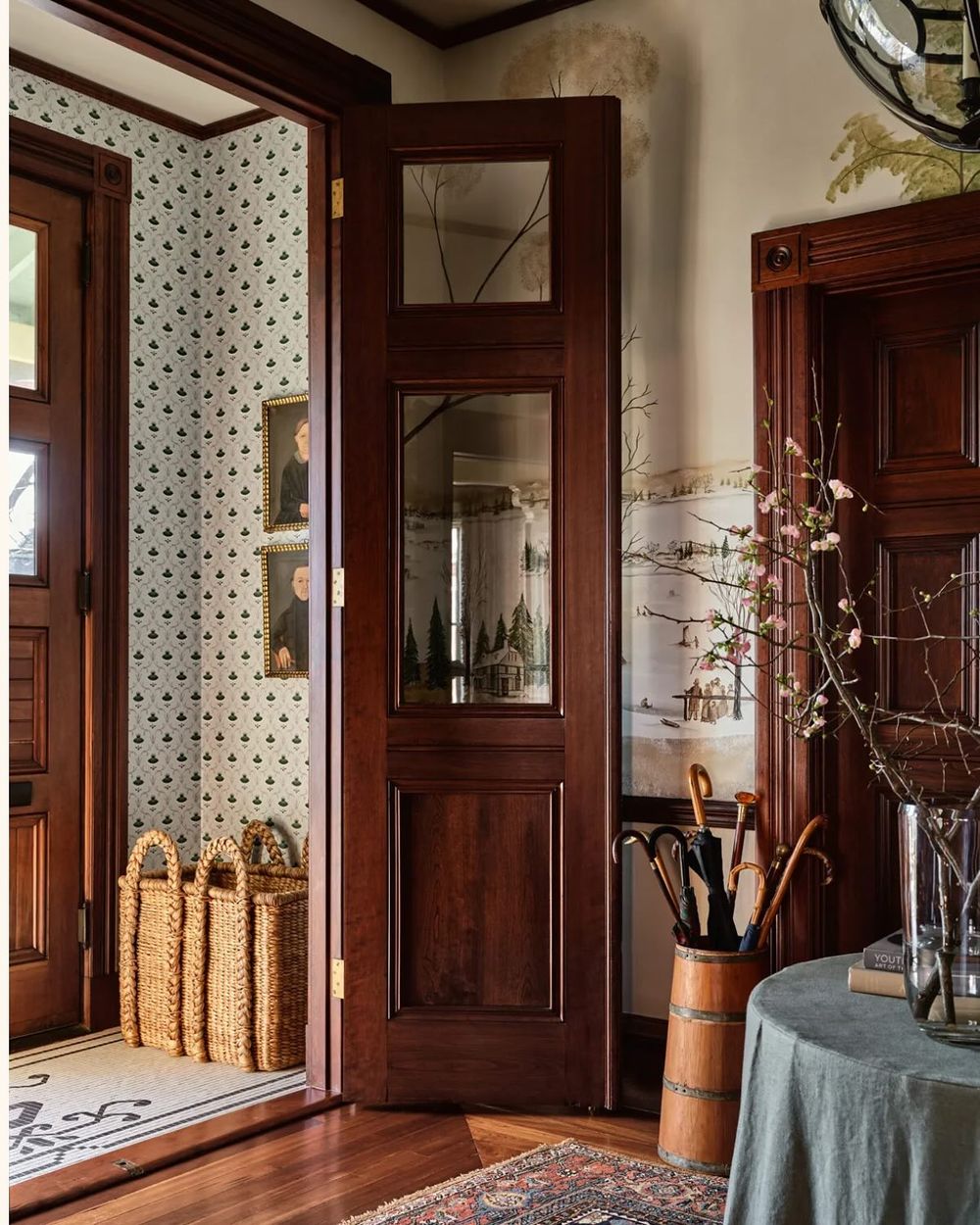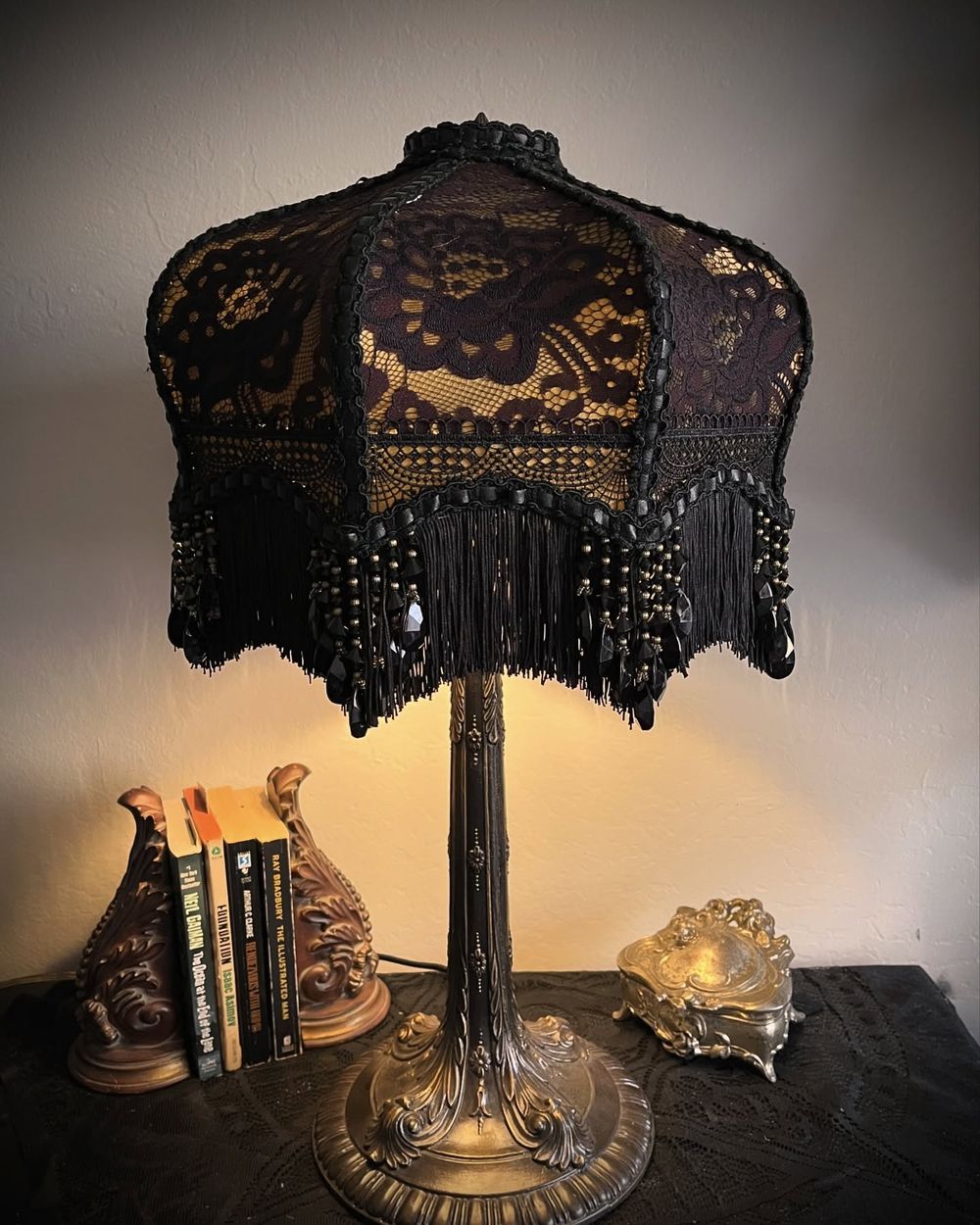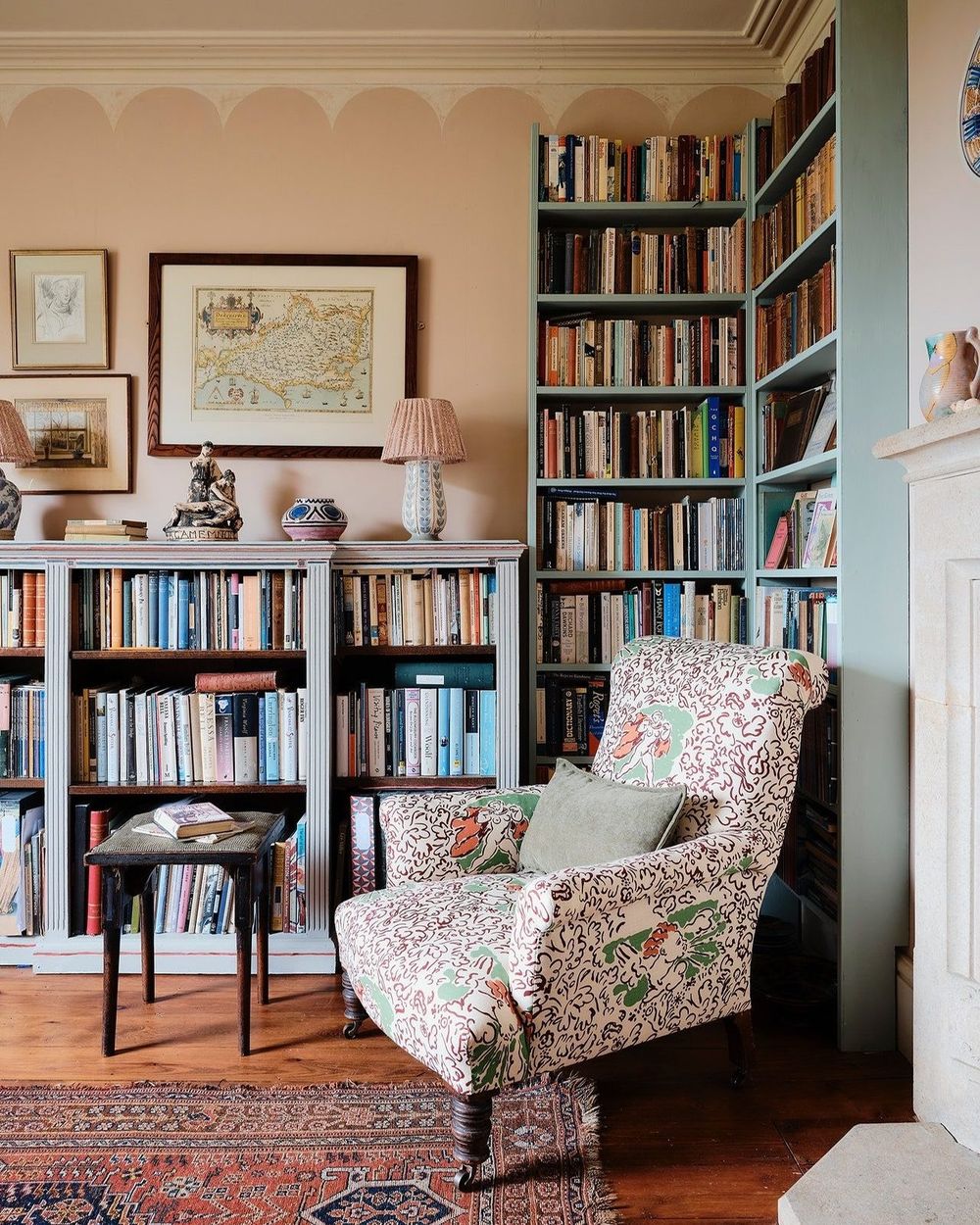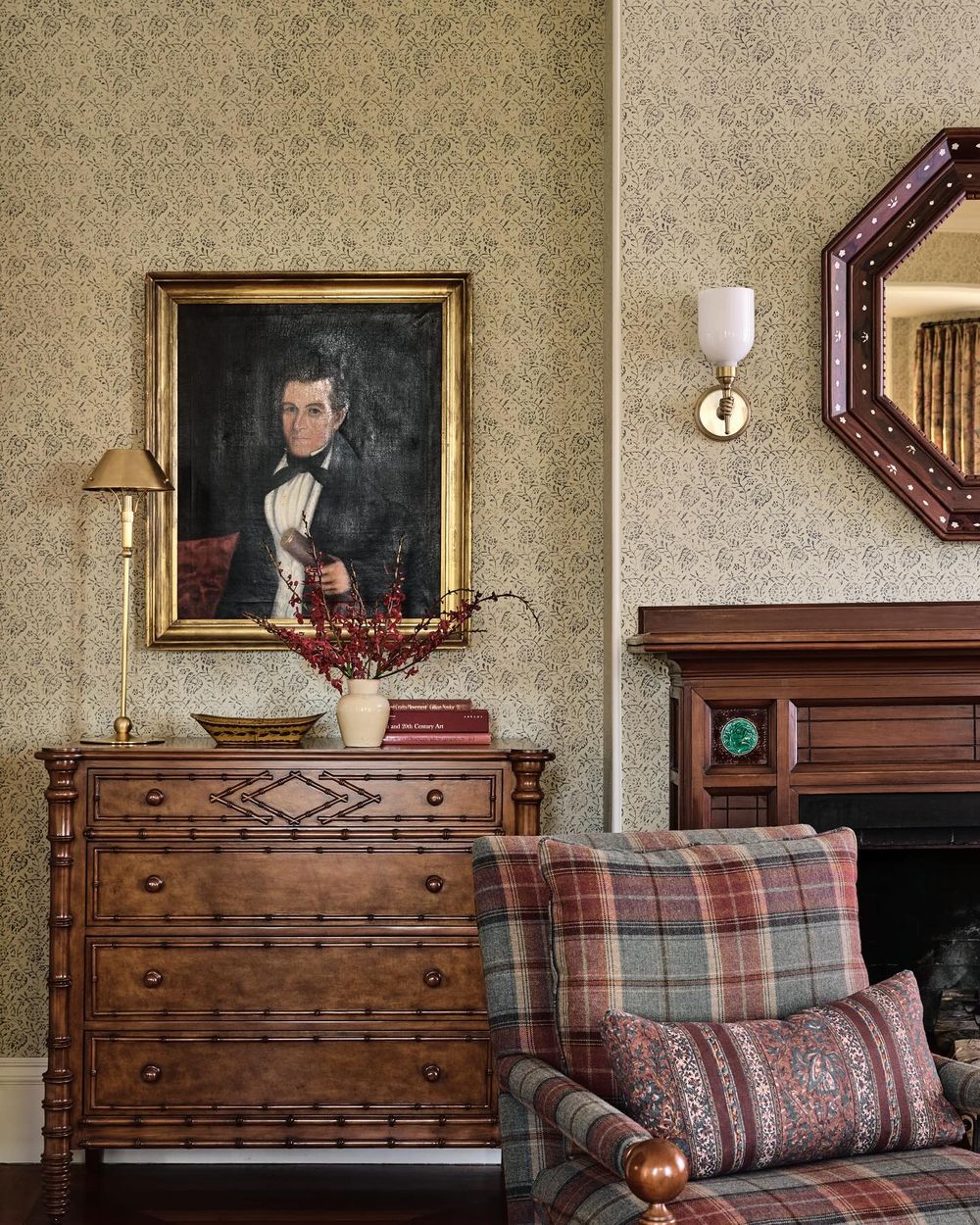As the ornate splendor of the Victorian era continues to captivate our imagination, it’s no wonder that its opulent interior design style has become a timeless inspiration for modern decorators. Characterized by rich hues, lavish textures, and asymmetrical compositions, Victorian interior design embodies the extravagance and luxury of a bygone era, transporting us back to a time when pomp and circumstance reigned supreme.
With its intricate patterns, ornate furnishings, and sumptuous fabrics, the Victorian aesthetic is a masterclass in drama and sophistication, making it a prized addition to the world of interior design. In this article, we’ll delve into the intricate details and bold choices that define Victorian interior design, and explore how to bring this majestic style into your own home.
Historical Context of Victorian Interior Design
During the Victorian era, which spanned from the late 1830s to the early 1900s, the world was in the midst of a period of rapid industrialization and technological advancement. Cities were growing rapidly, and the middle class was expanding. This led to a newfound interest in interior design, as people sought to furnish their homes with status symbols that reflected their social standing. Victorian interior design was characterized by a return to medieval and Renaissance styles, with a focus on ornate and intricate details.
This period saw the rise of the Arts and Crafts movement, which emphasized handmade craftsmanship and the use of natural materials. Victorian design also drew inspiration from the East, with an influx of exotic textiles, furniture, and decorative objects imported from North Africa, the Middle East, and Asia.
The era’s penchant for eclecticism resulted in a fascinating blend of revived medieval styles, Renaissance motifs, and modern innovations, all brought together in a vibrant tapestry of color, pattern, and ornamentation.
Key Characteristics of Victorian Style
When it comes to defining the essence of Victorian style, a few key characteristics stand out. First and foremost, Victorian design is characterized by an abundance of ornate details, intricate patterns, and sumptuous textures. From the lavish use of velvet and silk fabrics to the intricate carvings and moldings on walls and furniture, the Victorian era was known for its excessive love of ornamentation. This is reflected in the widespread use of plasterwork, especially in the form of elaborate ceiling roses, cornices, and friezes.
The Victorian era saw a resurgence in popularity of medieval and Renaissance influences, resulting in a fascination with classical motifs, such as acanthus leaves, gargoyles, and Gothic arches. The color palette of Victorian design is also distinctive, with a focus on rich, bold hues like crimson, emerald green, and rich blues, often paired with neutral tones like beige, cream, and black.
Overall, the result is a look that is at once opulent, nostalgic, and romantic, evoking a sense of grandeur and elegance that is quintessentially Victorian.
Color Palettes and Fabric Choices
In the opulent world of Victorian interior design, the art of selecting the perfect color palette and fabric choices was of paramount importance. As the era’s design aesthetic was characterized by opulence, grandeur, and a love of nostalgia, the colors and fabrics used in Victorian interiors were often bold, rich, and complex. A typical Victorian color palette might feature a mix of jewel-toned hues, such as emerald green, navy blue, and burgundy, which were often used to create a sense of drama and grandeur. These colors were often paired with richer, deeper tones, such as crimson red, gold, and bronze, which added warmth and depth to the space.
In terms of fabrics, Victorians favored plush, luxurious materials such as velvet, silk, and brocade, which were often used to upholster furniture, drapery, and wall coverings. Richly patterned fabrics, such as florals, stripes, and damasks, were also popular, and might feature intricate designs and motifs that reflected the era’s love of ornamentation and decoration.
When choosing fabrics, Victorians often considered the quantity, quality, and texture of the material, as well as its durability and ease of cleaning. Overall, the careful selection of color palettes and fabric choices played a crucial role in creating the sumptuous, lavish atmosphere that was characteristic of Victorian interior design.
Furniture Styles and Layouts
During the Victorian era, furniture styles and layouts played a crucial role in defining the elegance and sophistication of a room. The era’s fascination with Gothic Revival, Renaissance, and Eastern influences led to the creation of unique and eclectic furniture pieces that added to the overall luxurious atmosphere.
One of the defining characteristics of Victorian furniture was its ornateness, with intricate carvings, gilding, and upholstery patterns adorning even the most mundane pieces. Furniture layout also underwent significant changes during this period. The traditional spatial constraints of the past gave way to a more fluid approach, with rooms often designed to accommodate conversation and socializing. Thus, the furniture was arranged in cozy clusters, often around a central hub like a fireplace or a grand piano. This created a sense of intimacy and warmth, fostering a sense of communal enjoyment.
Additionally, the omnipresent greenhouses and conservatories of Victorian homes often incorporated furniture specifically designed for outdoor living, blurring the lines between indoor and outdoor spaces. In the sitting rooms, the key pieces of furniture were formally arranged around the walls, creating a sense of hierarchy and order.
Sofas, armchairs, and chaise longues were adorned with plush upholstery, brocade, and velvet, while coffee tables, side tables, and consoles held ornate candelabras, vases, and other decorative items. In the dining rooms, tables were often set with elaborate candelabras, ornate silverware, and fine china, while fireplace mantels were adorned with oil paintings, mirrors, and ornate bronze statues.
The bedrooms, too, were transformed during this period, with the rise of the four-poster bed as a symbol of grandeur and luxury. Plush carpets, heavy drapes, and ornate tapestries helped create a cozy, cocoon-like atmosphere, ideal for repose and relaxation. The combination of these elements, along with the proliferation of antimacassars, pillows, and shawls, helped create a bedroom that was both a sanctuary and a symbol of one’s social standing.
In public spaces, the use of floor-to-ceiling drapes, richly colored wallpaper, and ornate moldings defined the Victorian aesthetic. As the era progressed, the use of dark, rich colors like blue, green, and crimson became more prevalent, creating a sense of gravity and solemnity in the room.
Overall, the furniture styles and layouts of the Victorian era, with their intricate details, lush textiles, and carefully crafted arrangements, helped create spaces that were at once opulent yet refined.
Decorative Elements: Patterns and Motifs
Decorative elements played a vital role in Victorian interior design, with patterns and motifs being a key component of the era’s aesthetic. The Victorians were known for their love of excess and extravagance, and their interiors reflected this philosophy. Rooms were often bedecked with intricate patterns and ornate motifs, which added a sense of luxury and opulence to the space.
Patterns such as toile de jouy, floral prints, and geometric designs were popular, and were often used in abundance on fabrics such as wallpaper, upholstery, and curtains. Motifs were another way in which pattern and design were showcased in Victorian interiors. These could range from subtle and understated to bold and dramatic, and might include items such as urns, vases, and other ornamental objects. Motifs were often used to add a sense of cohesion and continuity to a room, and might be repeated throughout a space to create a sense of visual rhythm.
In addition to adding visual interest and depth to a room, patterns and motifs also served as a way to showcase a homeowner’s wealth and status. The more elaborate and intricate the design, the more it seemed to say about the occupant’s social standing. The Victorians were particularly fond of using natural forms and imagery in their patterns and motifs, such as landscapes, flowers, and animals. These designs were often highly detailed and realistic, giving the impression of a miniature world within the room.
Besides these more traditional designs, the Victorians were also known for their love of fantasy and the exotic, and this is reflected in the many fantastical and oriental-inspired patterns that can be seen in Victorian interiors.
Whether bold and dramatic or subtle and understated, patterns and motifs played a vital role in creating the distinctive and opulent atmosphere that is so characteristic of Victorian interior design.
Popular Rooms and Their Design Elements
In the Victorian era, the concept of “popular rooms” referred to spaces within a household that were specifically designed for socializing and entertaining, distinct from the more formal drawing rooms and grand halls. These rooms were designed to be cozy and inviting, often featuring a mix of practicality and ornamentation. A popular room’s design elements typically included intricately patterned wallpapers, often featuring botanical prints, florals, or geometric patterns, which added visual interest and texture to the space.
Walls were sometimes painted in soft, muted colors, such as sage green, dusty rose, or sky blue, which helped to create a sense of calm and serenity. Furniture pieces in popular rooms were often plush and comfortable, with rolled arms, tufted upholstery, and ornate carvings. Sofas and armchairs were arranged in conversational circles, encouraging social interaction and relaxed gatherings. Tables, such as coffee tables or console tables, were often placed in strategic locations to facilitate conversation and serving refreshments.
Lighting was key, with table lamps, floor lamps, and candelabras providing warm, soft pools of light that added to the room’s cozy ambiance. Other design elements that contributed to the character of popular rooms included the incorporation of natural elements, such as wicker furniture, rattan baskets, and pieces made from natural textiles like linen and cotton.
Rugs, often in rich, jewel-toned colors, added warmth and depth to the space, while fresh flowers or potted plants brought in a touch of the outdoors. Finally, the popular room’s pièce de résistance was often a statement piece of art, a decorative mirror, or an intricate screen, which served as a focal point and pulled the room together.
Incorporating Victorian Design in Modern Spaces
Incorporating Victorian design elements into modern spaces can add a touch of elegance and sophistication to any room. When done correctly, Victorian-inspired decor can transport you back in time to an era of opulence and refinement.
To achieve this look, start by choosing a bold, rich color palette reminiscent of the era’s love of deep reds, emerald greens, and coronation gold. Consider painting walls a deep, muted color and adding accents with bold, patterned fabrics like velvet, satin, or silk. Add ornate details, such as intricate wood carvings, curved lines, and Gothic-inspired architectural features, to create a sense of grandeur.
Vintage or antique pieces, like ornate mirrors, distressed wood furniture, and ornate lighting fixtures, can add to the Victorian aesthetic. To balance the space, introduce modern elements, like crisp white trim, sculptural lighting, or minimalist furniture pieces, to prevent the room from feeling too fussy or overwhelming.
The key is to strike a delicate balance between opulence and restraint, allowing the Victorian design elements to take center stage while still feeling fresh and modern.
